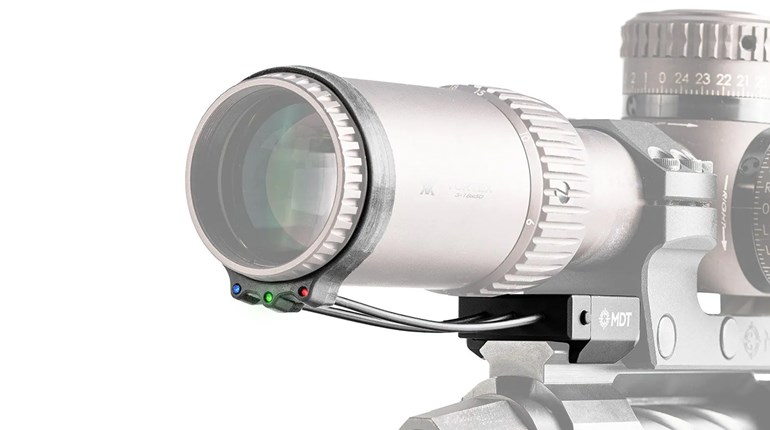
Springfield Armory’s XD line includes MRD-ready variants, as do lines from other major manufacturers.
I have a two-part question regarding the recent popularity of mini red-dot (MRD) sights for semi-automatic pistols. Several of us have been researching the possibilities of converting one or more of our everyday carry pistols to accommodate an MRD sight while still maintaining the iron sights in case the dot fails when we need it to work. What are the potential pitfalls, mechanically speaking, in machining a standard slide to allow the installation of an MRD sight and still maintain the iron sights for backup just in case? Second, why don’t any of the manufacturers offer a bullet-drop-compensating reticle similar to some of the rifle optics to allow for holdover on longer shots?
D. Mekkler, Pittsburgh, PA.
Mini red-dot sights for handguns have taken the country by storm in the last few years. Many manufacturers have entered the market producing some good products to meet that demand. Unfortunately, there is not a lot of consistency from brand to brand as to how they are mounted to the slide.
Those designed to be recessed into the slide between the ejection port and the rear sight have a higher likelihood of maintaining zero in the long run. One of the downsides to these sights is the mounting-screw patterns often vary from brand to brand, which makes it more difficult to switch optics once the slide has been modified to accept a particular brand or model. There are adapter plates to overcome this, but I look at these as another set of screws to get loose and cause problems, which leaves me to view them unfavorably.
Perhaps a bigger issue is what’s below the surface of the area to be machined and how much space is actually available with which to work. At minimum, there is the opening for the firing pin and spring that must be considered when measuring the depth of the cut, not to mention the firing-pin safety and spring if so equipped, or potentially the extractor assembly. Some brands of pistols optimize the weight of their slides for specific calibers by removing metal from the underside of the slide to maintain a uniform appearance on the outside, as well. Not only does this present a problem for seating the sight into the slide, but may leave no room to drill and tap the holes needed for the mounting screws to hold the sight in place.
While all this can be done successfully by a competent machinist or gunsmith, the risk and expense to modify an existing pistol might be more than buying a pistol or factory slide with the cuts and mounting holes already in place. Most major manufacturers offer pistols precut to accept MRD sights and often include iron sights of the right height to correspond and co-witness with an optic once installed. Regardless of the MRD selected, if iron sights are a desired part of the package, a new set that are higher than the original sights will have to be added for backup purposes.
The answer to the second question, which sounds good on paper, requires a little more thought in my opinion. I don’t know the circumstances of the environment where you live, but I would be hard-pressed to justify a shot with my everyday carry gun, regardless of caliber, at a distance that would require a holdover great enough to be discernible on the lens of an MRD sight.
Let’s factor in the ability of a shooter to stabilize the pistol sufficiently to hit a target consistently at distance. As is generally accepted, the ability to consistently hit an 8-inch plate is a good gauge for a person’s distance limitations for most applications. Considering the area of movement of the dot on the plate for most people, it would be of no benefit to have an additional point of reference to compensate for pistol bullets at the distances they could reliably hit their target. For those who can hold on the target at extended distances, simply holding the dot at the 12-o’clock position relative to the target would result in an acceptable hit at distances beyond what many consider the maximum-effective range of a pistol.
I suspect the law of averages is why manufacturers won’t be inclined to add reference points for bullet-drop compensation in their MRDs, not to mention the variables in bullet trajectories for the calibers that would typically use these sights.




































